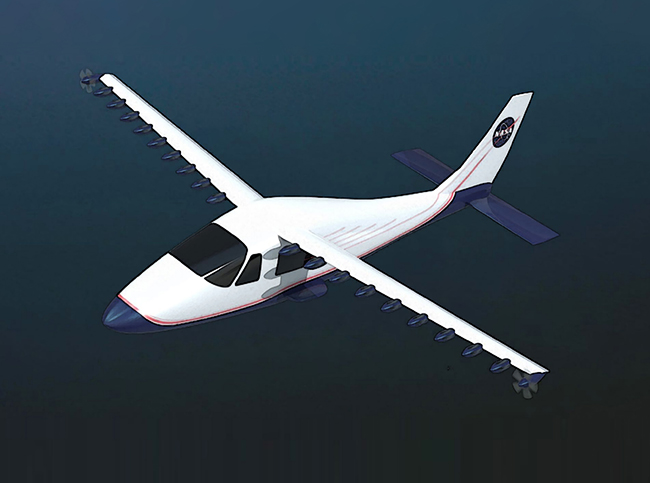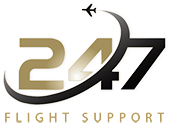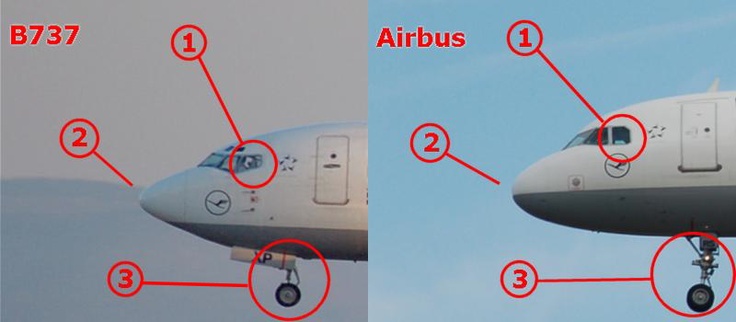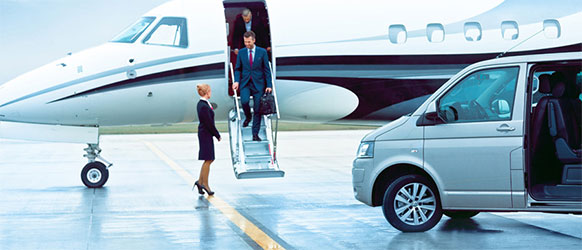HOW WOULD YOU COMPARE THE AIRBUS A320 AGAINST THE BOEING 737?

Tomorrow’s Wings
19/05/2016Tips to ground an aircraft while refueling
01/06/2016Many of my readers ask, why am I now flying a smaller Airbus A320 instead of the bigger Boeing 777? (Perhaps, I ought to have made myself clearer earlier)
Well, it was basically due to the ICAO (International Civil Aviation Organization) regulations, which state that a pilot shall not fly International routes when he reaches 60 years old. Since I wish to continue flying, my only choice is to join an airline that operates the Airbus A320 domestically :-).
Now, to your query (and those of Carlos Roberto, Farook, et al) as to the differences between the A320 and the B737 ? there are bound to be some good and not-so-good features on either plane (depending on whom you are talking to). Here are some of my observations:
Yes, I like the Airbus A320 (the one I am flying is a 180-seater) when it comes to the cockpit; it is incredibly spacious for a plane of its category. It has a side stick and a table for flying manuals, etc. For once, I have a decent table in front of me when I want to take my meals! Compared to those B737-500s and below, the flight deck is definitely more comfortable and modern.
The Boeing 737 cockpit, though more crammed, has better seats that hold well to wear and tear; further, the sheepskin cover feels pleasant to sit on too. Ah, when it comes to stowing the pilot*s navigation bag, you have to jam the bag down between the seat and the sidewall! 
Generally, the B737 cockpit has not changed much as it tries to maintain fleet commonality with the older B737s. Most of the switches on the overhead panel are toggle switches whereas the A320 has cleaner and modern pushbutton/annunciator light combo.
Performance wise, the B737 out climbs the A320. The A319/320/321 and B737-600 or later all fly at the same speed (.78 Mach) whereas the B737-500 and lower models fly slower than the A320 models.
A B737-700, on a hot day at high altitude, say 4000 feet, could land at maximum landing weight, do a quick turn-around and take off at maximum weight. This is generally better than the A320 family (319/320/321) ? where the shorter A319 performs better than the longer A321.
The flight envelope protection on the A320 is rather cool and its automation designed during 1988 era was well ahead of the original B737s when it first came out of service. For instance, in a response to a GPWS (Ground Proximity Warning System) alert, the A320 can perform very well and safely clear the terrain when compared to the conventional B737. But, somehow, I feel the Airbus FMGC (Flight Management Guidance Computer) is less user-friendly than the Boeing*s FMC (Flight Management Computer).
The B737NG (Next Generation) models were developed when Boeing realized that they were losing grounds technologically to the A320. The 737NG, which includes the -600, -700, -800 and ?900 variants, is an entirely new aircraft, sharing very little with previous B737s other than the fuselage frame. New wings, new avionics and revised engines were the biggest engineering changes. So, a good comparision between the planes must be put into the correct perspective in order to be realistic as the NG planes, which were developed later, were catching up on the A320s.
The autobrakes of the B737 have 1, 2, 3 and MAX detent whereas those on the A320 have a LO, MED and MAX position. I find *LO* as not being very satifying and MED is more than what I need in most cases. The wonderful thing is that the *Brake Fans* do a pretty good job when the brake pads get too hot on short sectors. On the older B737s, there were no brake temperature gauges installed and brakes overheating was never a big issue.
The higher technology on the A320 comes with some irritating glitches once in a while on a cold morning – just like a new computer – where a reboot of the system often fix a false defect (simple eh?) Another thing, the hydraulic system on the Boeing is a few points ahead of the Airbus. Yes, some says, the Boeing 737 is a tough workhorse and serves many carriers well!
When it comes to cockpit philosophy, the Airbus is ahead. Take off and landing memos are very helpful and under emergency, the checklist is very comprehensive – often requiring reference to the tedious Flight Manuals ? hence the retractable table comes in very handy!
Where fuel is concerned, a 180-seater A320 is far more economical than a 148-seater B737-400. Fuel consumption is almost the same but the A320 carries 32 more passengers.
What do I think of the comparison? Well, one pilot who has many hours on both types states that, if he ever had a chance to create the ultimate medium jetliner, he would cut the Airbus cockpit and glues it to the B737 body! That probably sums up what I think of these two planes.





